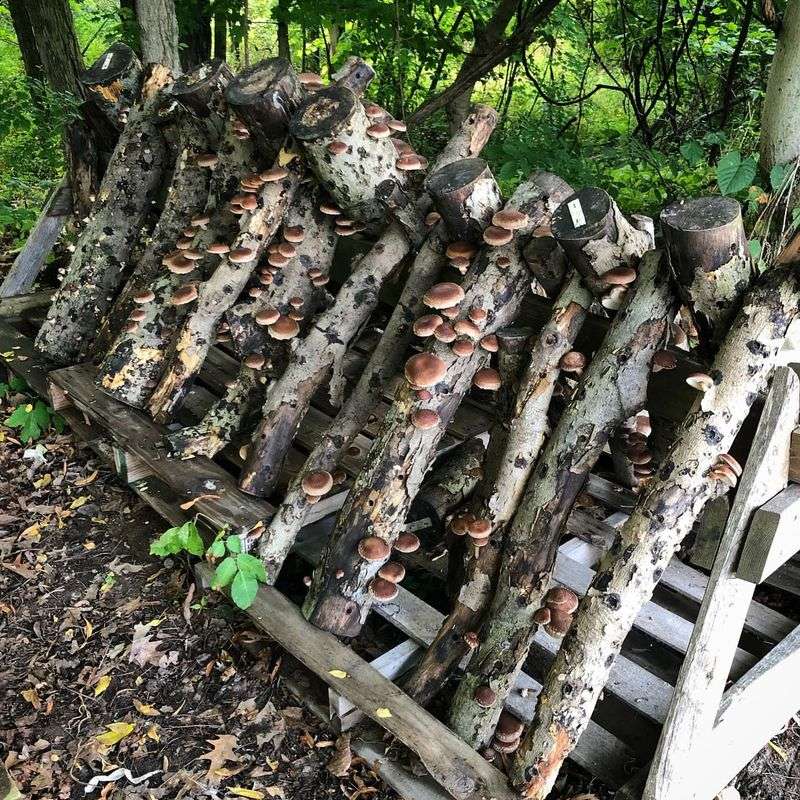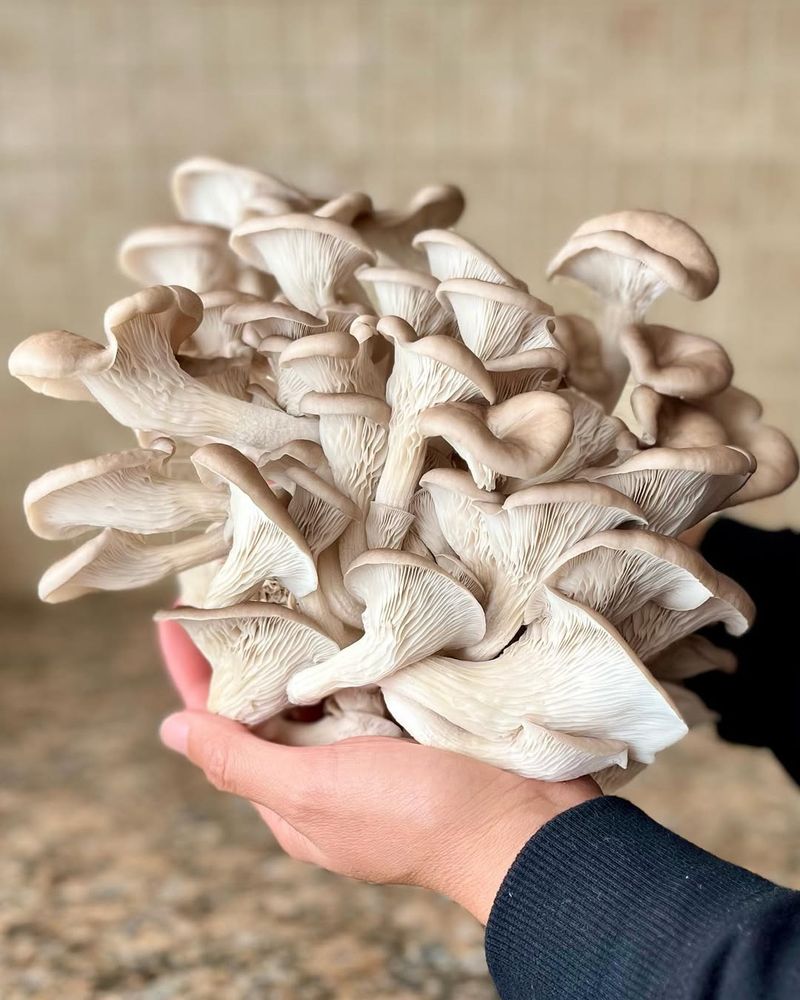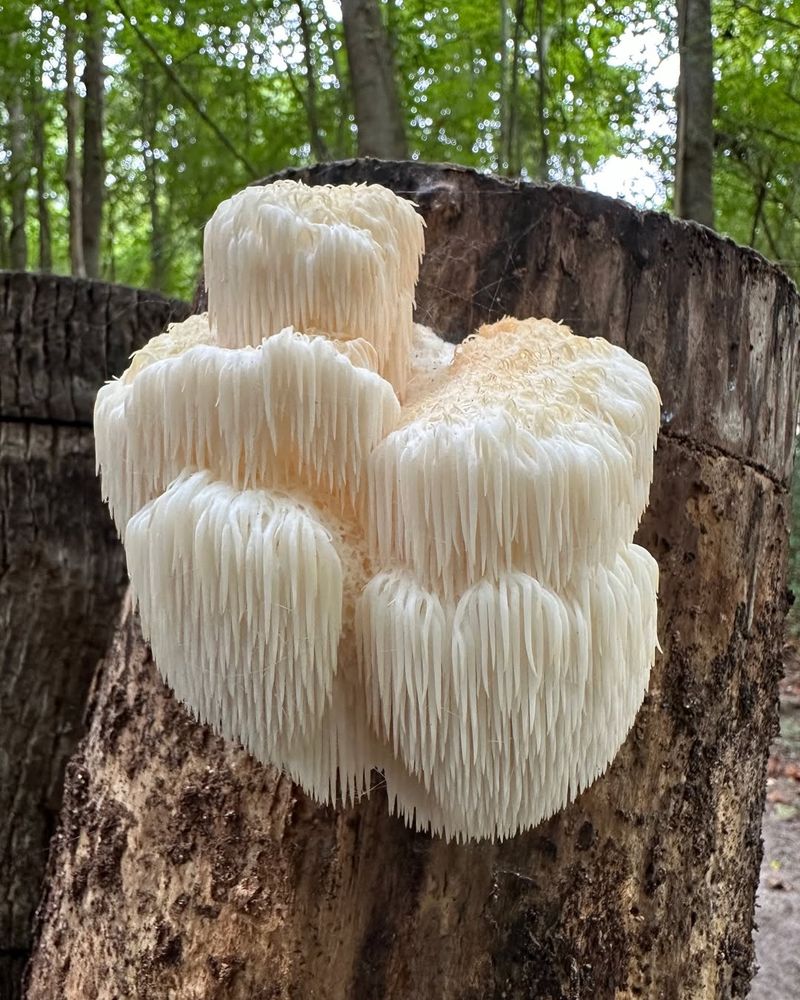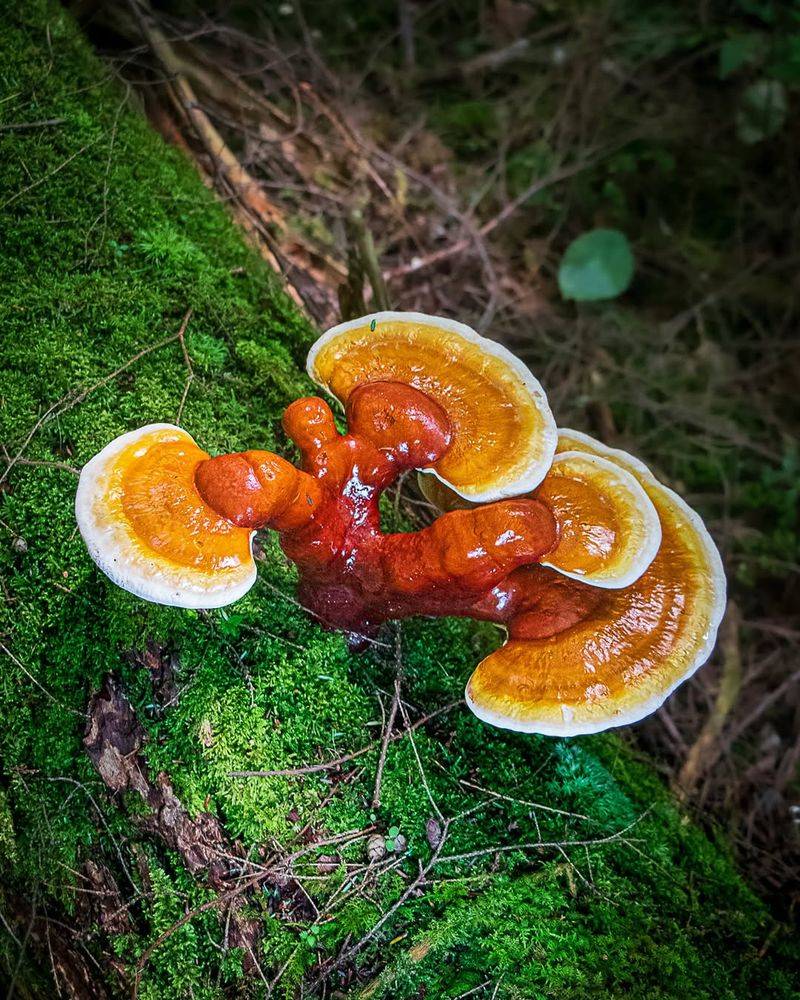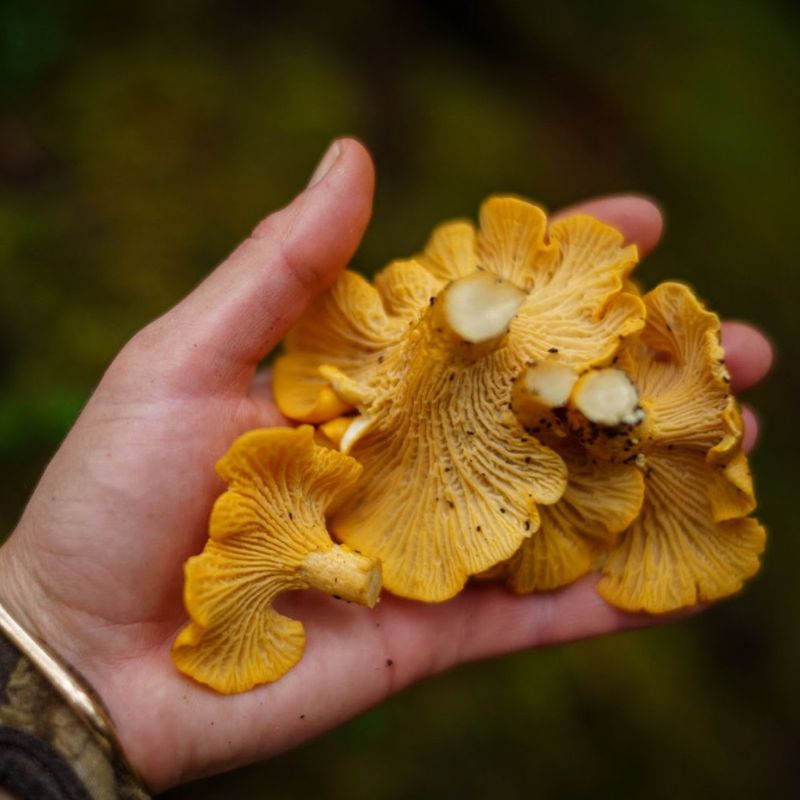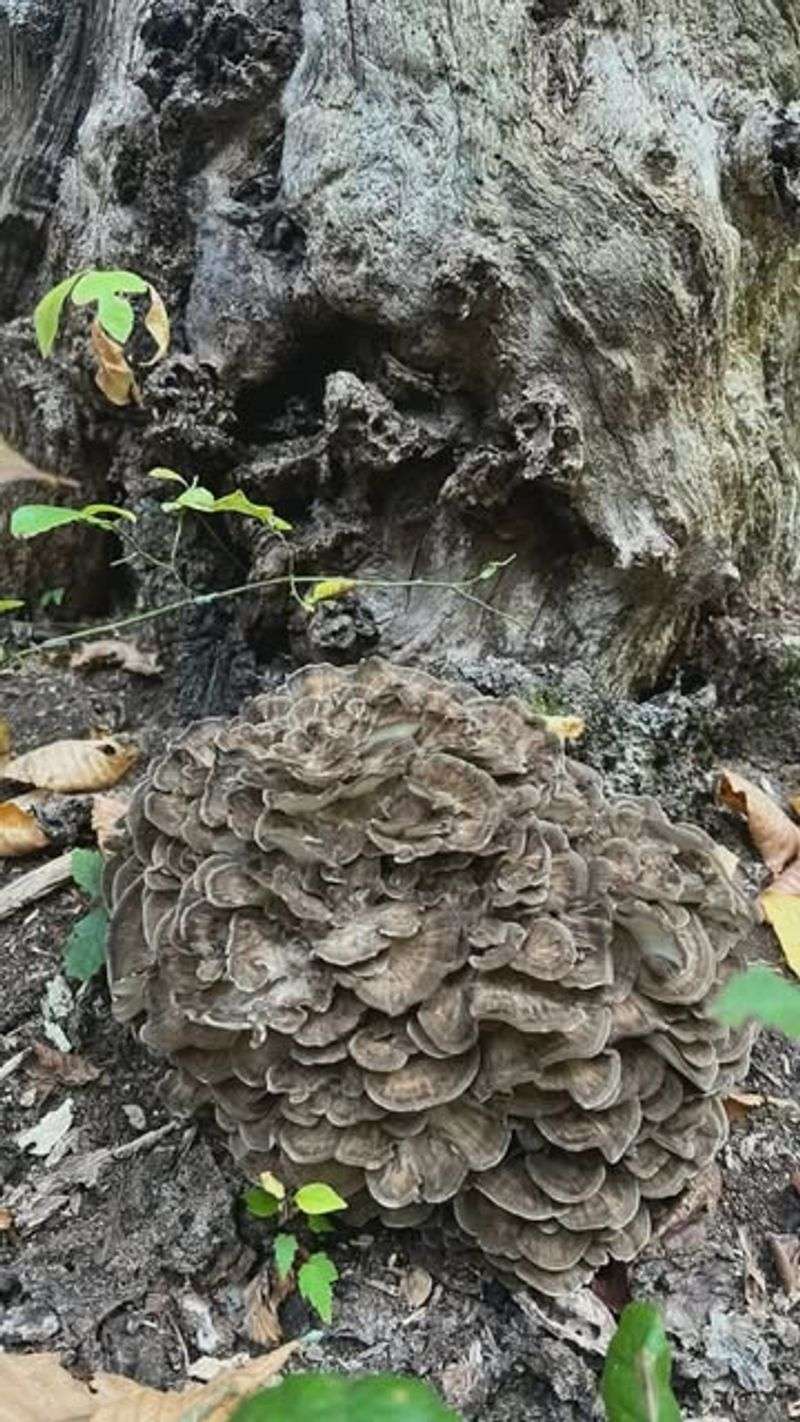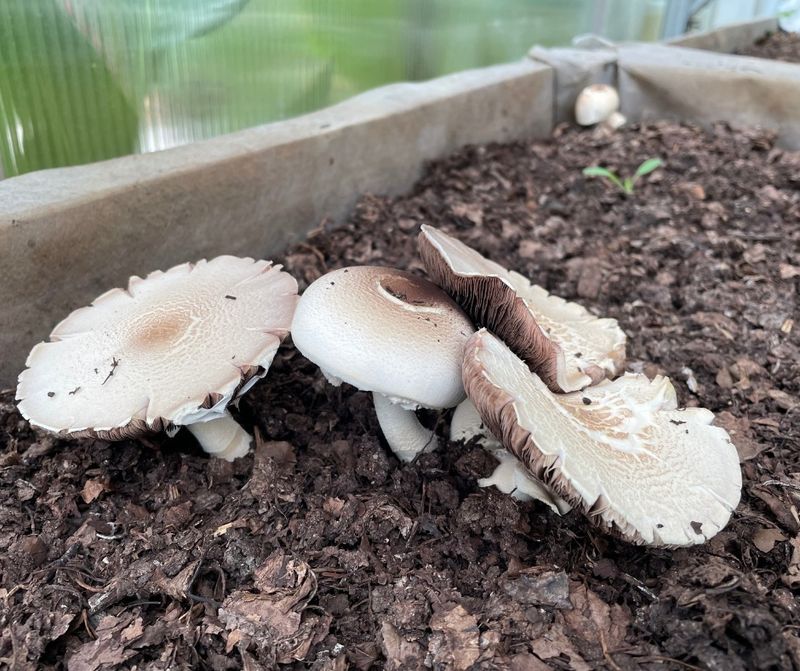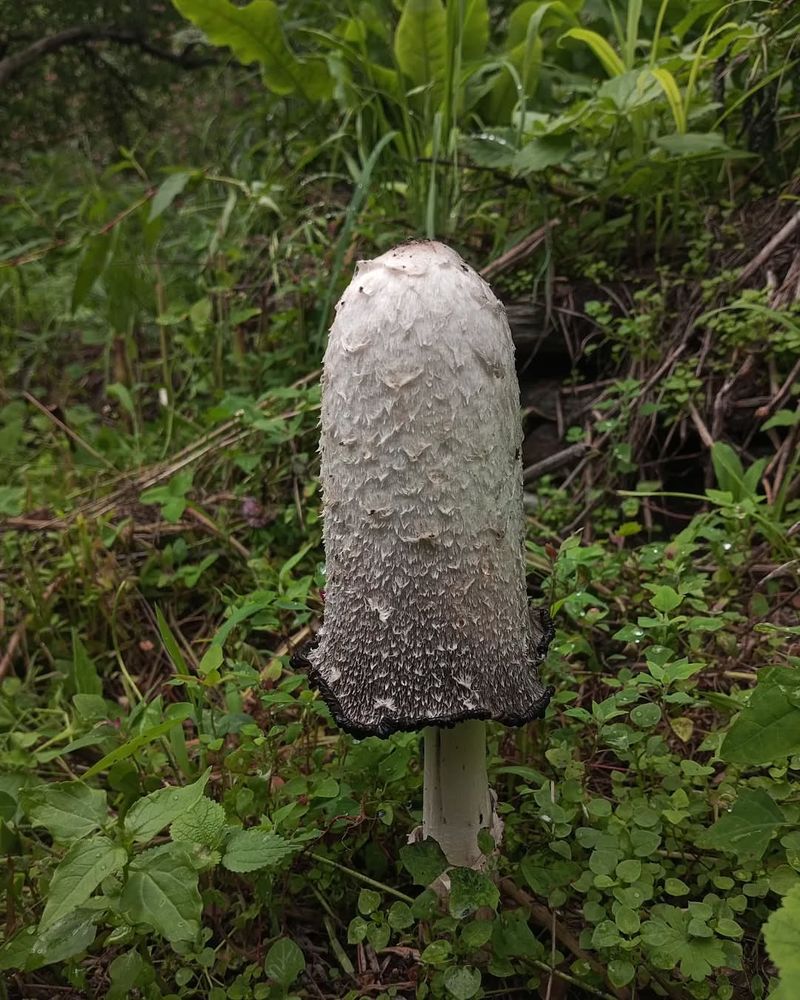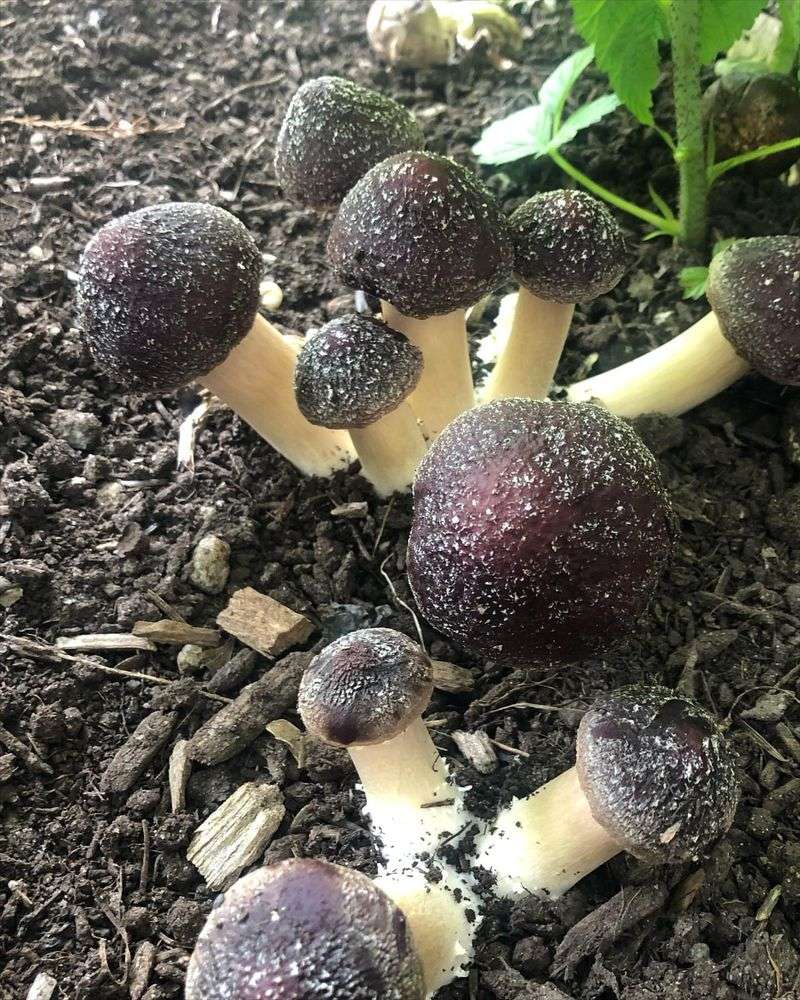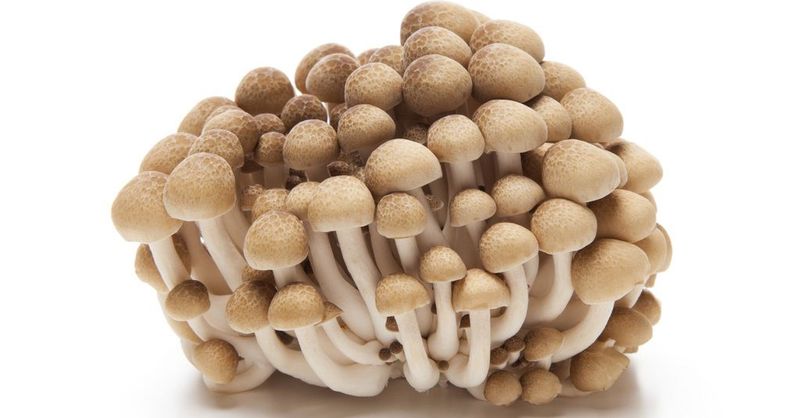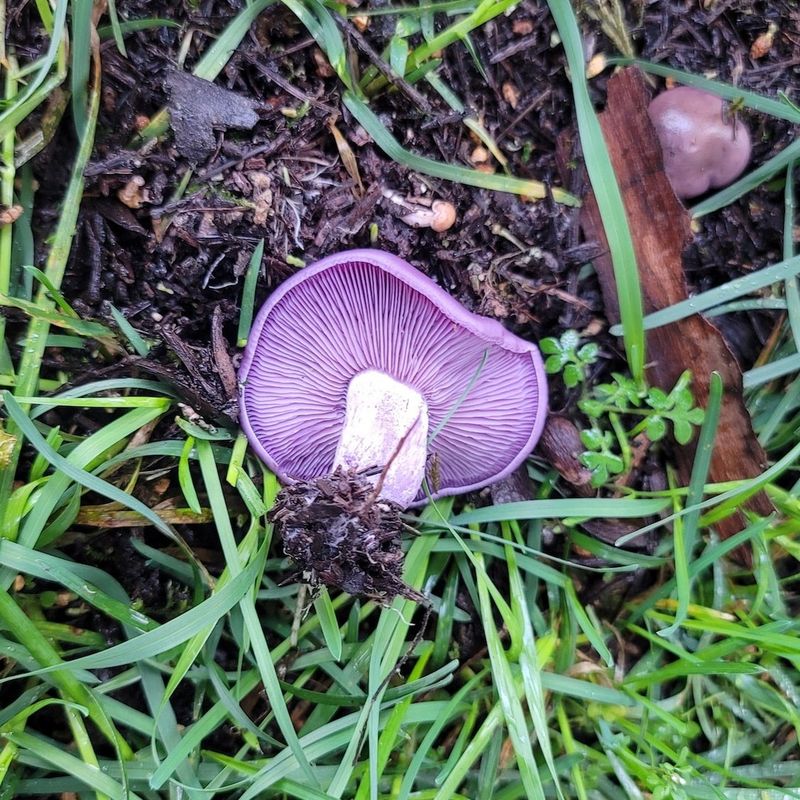In recent years, gardeners have started to embrace the fascinating world of fungi, cultivating them with purpose and passion. These unique organisms are not just for forest floors anymore; they’re finding homes in gardens everywhere. Fungi contribute to soil health, plant growth, and even culinary delights. Let’s explore some of the most intriguing fungi that are capturing gardeners’ attention.
1. Shiitake Mushrooms
Shiitake mushrooms are a favorite among gardeners for their rich flavor and nutritional benefits. Often grown on hardwood logs, they thrive in shady, moist environments.
This fungi not only enriches meals but also contributes to soil health with its decomposing abilities. A garden with shiitakes promises both gourmet delights and ecological benefits. Imagine picking fresh shiitakes for a stir-fry, knowing they’re from your own garden.
The joy of cultivating these mushrooms is matched only by their savory taste.
2. Oyster Mushrooms
Oyster mushrooms are beloved for their delicate taste and versatility in cooking. These fungi can grow on a variety of substrates, including straw and sawdust, making them accessible for gardeners.
Their elegant, fan-shaped caps add an aesthetic appeal to any garden. Picture a garden alive with these graceful mushrooms, ready to enhance any dish. Besides their culinary uses, oyster mushrooms are known for their health benefits, including boosting the immune system and lowering cholesterol.
3. Lion’s Mane
With a unique appearance and powerful wellness perks, Lion’s Mane mushrooms have earned a spot in both kitchens and apothecaries.
Known to support brain health, they can be cultivated on logs or hardwood sawdust. This mushroom adds a whimsical touch to gardens, resembling a snowy mane. Envision discovering these unique fungi among your plants, adding both beauty and health benefits.
Their seafood-like flavor makes them a culinary treasure, turning simple dishes into gourmet experiences.
4. Reishi Mushrooms
Celebrated in traditional Chinese medicine, Reishi mushrooms are known for their powerful healing and immune-supporting properties.
Often called the “mushroom of immortality,” they are cultivated for their immune-boosting properties. In gardens, they are grown on hardwood logs and thrive in damp, shaded areas. With their glossy caps, they add a mystical allure to garden spaces.
Envision a garden enriched with these powerful fungi, offering both beauty and health benefits to those who cultivate them.
5. Chanterelle Mushrooms
With vibrant color and a distinct peppery flavor, these mushrooms—chanterelles—are culinary treasures in the wild.
These mushrooms prefer well-drained soil and are often found in symbiosis with trees. Cultivating chanterelles can be rewarding, as they add a splash of gold to gardens and dishes alike. Envision spotting these sunny fungi among your plants, a testament to a well-nurtured garden.
Their unique flavor elevates any meal, making them a gourmet’s delight. Growing chanterelles offers both visual and culinary rewards.
6. Maitake Mushrooms
Maitake mushrooms, also known as “hen of the woods,” are celebrated for their nutritional value and rich, earthy flavor. These fungi grow at the base of trees, forming large, feather-like clusters.
Imagine a garden with these intriguing mushrooms adding texture and interest. Maitake’s health benefits include supporting immune function and providing important nutrients.
The complexity of their growth pattern makes them a fascinating addition to any garden. Cultivating maitake brings both beauty and nutrition to gardeners.
7. Enoki Mushrooms
Enoki mushrooms, with their slender stems and tiny caps, are a unique addition to any garden. They thrive in cool, dark conditions, often grown in jars or logs.
Their mild flavor and crunchy texture make them a favorite in salads and soups. Growing enoki mushrooms is a rewarding experience, offering both visual interest and culinary versatility.
Their ability to enhance dishes with subtlety is unmatched.
8. Morel Mushrooms
Loved for their meaty texture and bold flavor, morel mushrooms are among the most coveted finds in the forest.
These fungi prefer well-drained, sandy soils and are often found in wooded areas. Morels are culinary treasures, known for their nutty, earthy taste. Cultivating morels requires patience but rewards gardeners with a sense of discovery and delight.
Their unique texture enhances many dishes, making them a prized addition to the garden.
9. Turkey Tail Mushrooms
Turkey tail mushrooms are admired for their vibrant colors and medicinal properties. These fungi grow on logs and stumps, adding a burst of color to gardens.
Picture a garden where these colorful bands brighten up the landscape. Known for their immune-boosting abilities, turkey tails are as beneficial as they are beautiful.
Cultivating turkey tail mushrooms offers both visual pleasure and health benefits. Their presence in gardens provides a natural remedy for enhancing well-being and vitality.
10. Button Mushrooms
From pizzas to pastas, button mushrooms shine thanks to their soft flavor and reliable performance in the kitchen.
These fungi are easy to grow, thriving in composted soil and controlled environments.
Visualize a garden bed where these classic mushrooms sprout, ready to be added to any dish. Button mushrooms are perfect for beginner gardeners, offering a straightforward cultivation experience.
Their subtle flavor complements countless recipes, making them indispensable in the kitchen. Growing button mushrooms ensures a steady supply of fresh ingredients.
11. Shaggy Mane Mushrooms
Shaggy mane mushrooms, with their tall, inky caps, add a touch of drama to gardens. These fungi thrive in grassy areas, often appearing after rain.
Shaggy manes are edible when young, offering a delicate flavor that enhances various dishes. Their rapid growth and distinct appearance make them a fascinating addition to any garden.
Bringing both beauty and taste to the table, shaggy manes are a rewarding choice for mushroom growers.
12. King Stropharia
Known for their impressive size and rich, earthy taste, King Stropharia—also called wine cap mushrooms—are a favorite among growers and chefs.
These fungi grow well in wood chip beds, contributing to garden soil health. King Stropharia mushrooms serve both as a culinary delight and a natural soil condition.
Not only do they produce delicious harvests, but they also support eco-friendly gardening and healthier soil.
13. Porcini Mushrooms
Porcini mushrooms, with their thick stems and savory flavor, are cherished by chefs and gardeners alike. These fungi prefer wooded areas with plenty of organic matter, making them ideal for forest gardens.
Picture a garden where porcini mushrooms emerge, ready to enhance hearty dishes. Their nutty taste adds depth to soups and risottos.
Growing porcini mushrooms takes time and care, but the payoff is a rich, gourmet harvest. They bring both elegance and flavor to the garden.
14. Black Trumpet Mushrooms
Black trumpet mushrooms, also known as horn of plenty, are treasured for their rich, smoky flavor. These fungi thrive in shaded, woody areas, making them a captivating addition to gardens.
Their distinctive shape and color add intrigue and elegance. Black trumpets are a gourmet’s delight, enhancing dishes with their intense aroma.
Growing them offers both a culinary adventure and a garden filled with mysterious allure.
15. Shimeji Mushrooms
With a firm bite and rich umami taste, Shimeji mushrooms are a go-to ingredient in many Asian-inspired dishes.
These fungi grow in clusters on logs or sawdust, adding structure to garden spaces. Their ability to enhance stir-fries and soups makes them a versatile ingredient.
These distinctive mushrooms offer more than flavor—cultivating shimeji brings visual interest and gourmet appeal to any garden.
16. Cordyceps
Cordyceps are known for their unique growth patterns and medicinal properties. These fungi grow on insect hosts, making them fascinating additions to gardens.
Their health benefits include boosting energy and supporting respiratory health. Cordyceps offer gardeners a rare mix of difficulty and payoff, blending beauty, health benefits, and a deeper connection to nature.
17. Blewit Mushrooms
Blewit mushrooms, with their lavender hues, add a splash of color to gardens. These fungi thrive in grassy, leaf-laden areas, offering both visual charm and culinary potential
Their mild flavor is perfect for sautés and pastas. Blewit mushrooms add both flavor and charm to the garden, rewarding growers with a colorful, tasty harvest that blends beauty and utility.


